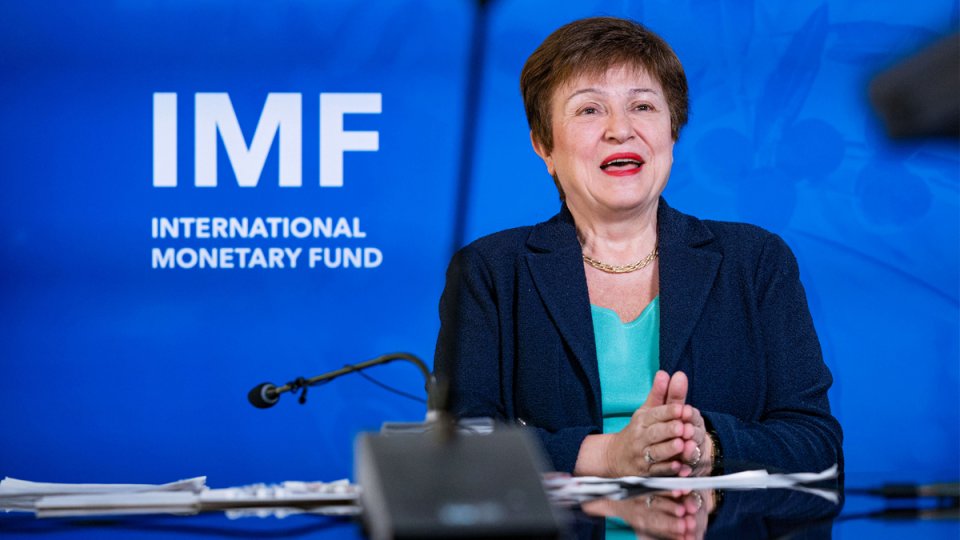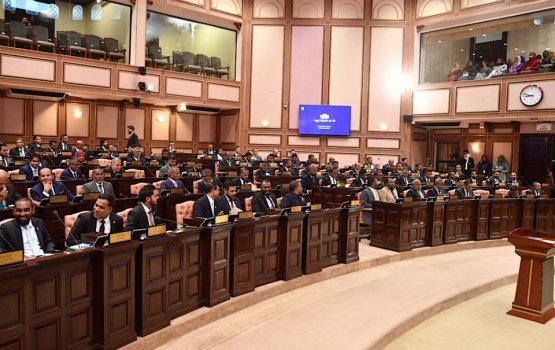India’s tax agency has played a prominent role in promoting the adoption of digital public infrastructure (DPI) initiatives including unique identification numbers for individuals, International Monetary Fund (IMF) said in the working papers.
In India, the Permanent Account Number (PAN), which came earlier than the Aadhaar card, is a unique, ten-character, alphanumeric identifier issued to all judicial entities identifiable under the Indian Income Tax Act, 1961 and was introduced in 1972.
For all tax purposes, the PAN was made mandatory. Accompanied by a laminated identification card, PANs saw widespread use in other areas of public administration. This is reflected by the fact that far more PANs were issued than the number of active taxpayers under management at any one time (estimates suggest nearly 400 million were issued in excess of active taxpayers).
The working paper ‘Stacking up the Benefits Lessons from India’s Digital Journey” said that Aadhar, which is the successor of PAN, formalized the reality that a national identification solution beyond the scope of tax administration was required. “In developing Aadhaar, it benefited from PAN’s many lessons, notably incorporating the use of biometrics to reduce tax and financial fraud,” the paper read.
“The number of PAN allottees increased exponentially following the out-sourcing of non-core activities (including allotment of PAN) performed by the tax administration on a public-private partnership (PPP) basis during the period 2003-04,” the paper added.
With a view to improving the economy, efficiency, and effectiveness, reputed private firms were hired by ITD as managed service providers for the processing of applications, collecting, handling, and verifying personal documents like proof of ID, age and address, clarification with the applicants, printing the laminated card and mailing.
Core tax administration operations rely heavily on DPI initiatives, where Aadhaar is expected to revolutionize tax administration compliance activities by promoting the consistency of registers across public agencies.
An ongoing initiative to link PANs to Aadhaar is planned for completion by March 2023. At that time, PANs not linked to Aadhaar will become inoperative, representing a wholesale transition to reliance on the platform which will impact nearly all functions, from registration itself to filing, payment and compliance casework.
The widespread adoption of Aadhaar has the potential to dramatically improve the use of third-party data for risk analysis and enforcement work at the tax administration, according to the statement released by the IMF.
The Goods and Services Tax Network serves as an example of a specific DPI that has helped strengthen tax collection capability and simultaneously provide a platform for innovation. (ANI)







